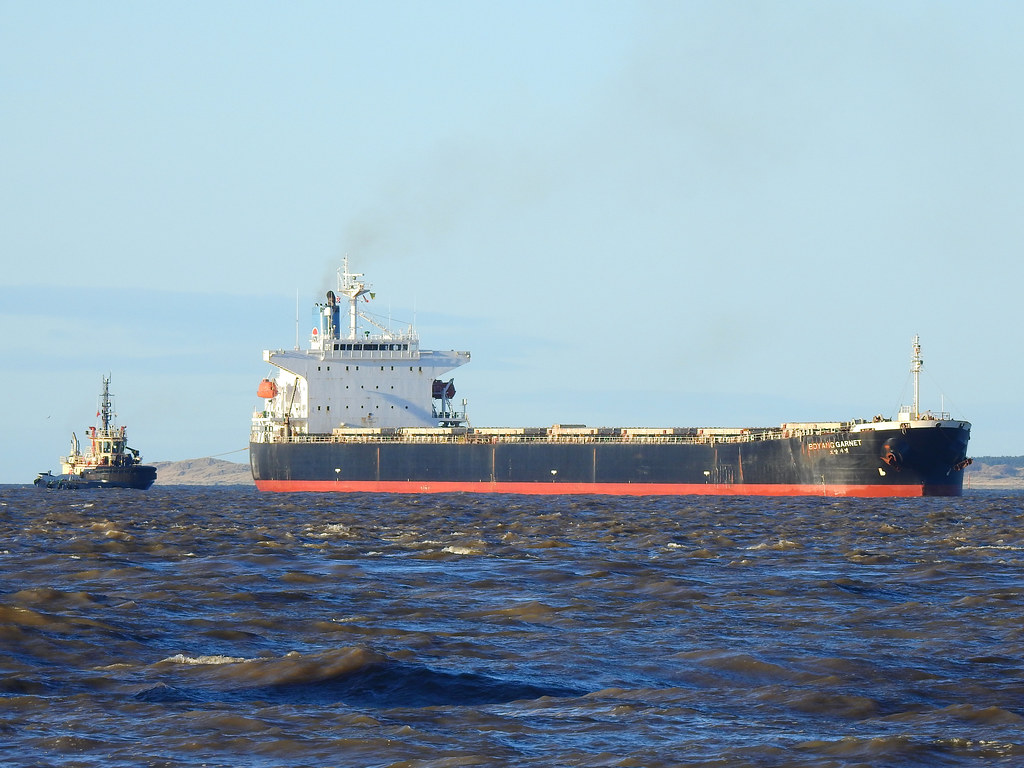Dry Bulk Fleet Growth Slows Despite Surge in Deliveries

According to a recent report from BIMCO, the global dry bulk fleet is growing at just half the pace seen during the 2010s—even as new vessel deliveries are set to hit their highest level in six years by 2026.
“We forecast that bulker deliveries will gradually increase this year and in 2026, reaching 41.2m Deadweight Tonnes (DWT) and a six-year high,” said Filipe Gouveia, Shipping Analysis Manager at BIMCO. “Bulker newbuilding contracting was strong in 2023 and 2024, and several of the ships ordered during this period are expected to be delivered during this and next year.”
The forecast suggests a total of 59.3 million DWT in new tonnage by the end of 2026. Panamax vessels are projected to make up the largest share of that figure, representing 33.9% of deliveries, followed by supramax vessels at 28.3%. Both categories experienced strong ordering volumes during 2023 and 2024, encouraged by relatively favorable freight conditions.
Although the capesize segment saw an uptick in newbuilding orders in 2024 due to improved rates, these larger ships—which require more time to build—will account for just 23.9% of deliveries, with many of them arriving only after 2026.
A shift toward greener shipping is also underway. BIMCO noted that 9.1% of the incoming fleet will be equipped to run on alternative fuels, while another 10.7% will be designed for future retrofitting. Among the vessels with alternative fuel capabilities, LNG and methanol dominate, accounting for 37.1% and 34.9% of the fleet’s capacity, respectively.
Gouveia emphasized how current fleet expansion differs from that of the previous decade: “Despite a pick-up in deliveries, the dry bulk fleet is only growing half as fast as it did during the 2010s. During that period, strong Chinese demand was the key driver for dry bulk tonne mile demand, consequently driving newbuilding contracting. Demand growth has been slowing since then and in recent years, sailing distances have partly compensated for weaker cargo growth.”
Geopolitical developments have also played a role. Sanctions on Russian coal and widespread rerouting of vessels around the Cape of Good Hope, to avoid the Red Sea, have extended voyage lengths—adding to dry bulk demand and keeping older ships in active service instead of being scrapped.
Looking ahead, BIMCO suggests that the market will face headwinds. Freight rates have declined in 2024 due to soft demand, a trend that could persist through the next two years. Forward Freight Agreements point to continued weak rates in the panamax and supramax categories, while capesize vessels may perform slightly better.
“A pick-up in deliveries in the panamax and supramax segments will likely contribute to poorer market conditions for these segments. Consequently, this may lead to a slight and gradual increase in ship recycling of older and less competitive ships in these segments,” Gouveia concluded.